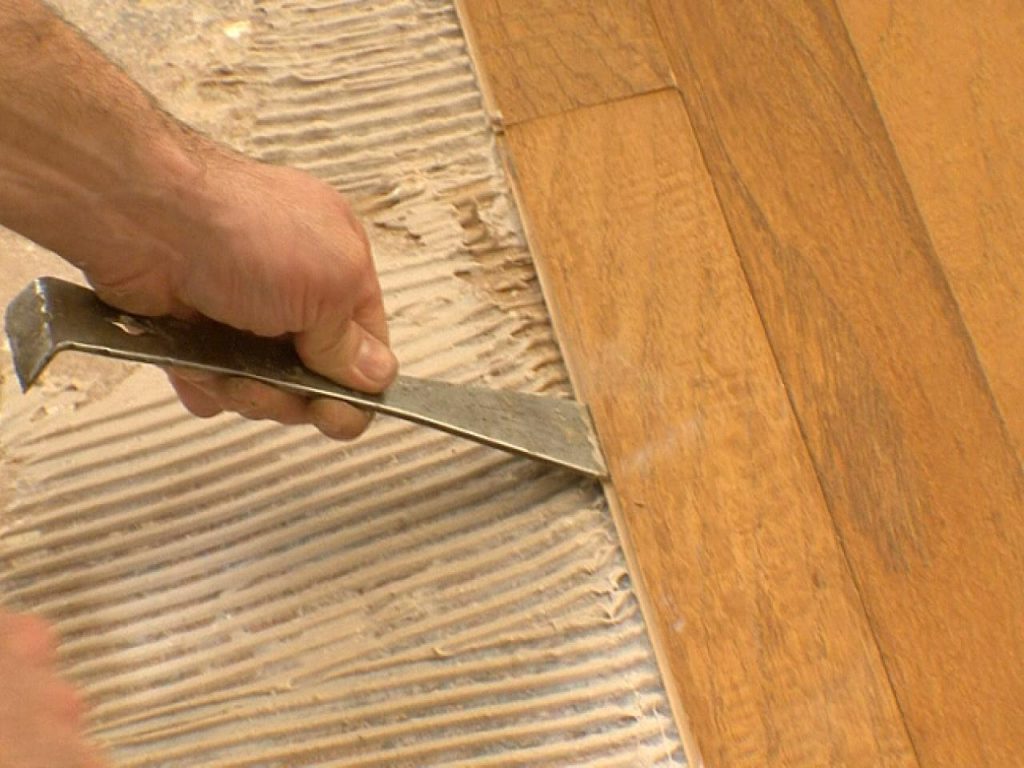
Most homeowners are under the presumption that engineering flooring is cheaply made, isn’t as durable as solid floorboards, and can easily get scratched. You should note that not every engineered floorboard is made with the same quality.
As commonly said: You’ll get exactly what you’ve paid for. If you decide to buy a low-end product, you’ll get an engineered floorboard with a paper-thin layer and usually manufactured in China. These types of models have a 0.6 mm thin veneer skin that can’t be refinished or sanded. But they can be stained, coated, or varnished. The optimal longevity of a cheap engineered floorboard is 20-30 years, which is contingent on the maintenance and traffic.
Conversely, high-end engineered flooring is constructed using top-tier wood bread and integrates an incredibly thick layer that can be refinished and sanded just like a solid floorboard, about 1-5 times in its lifespan. Even though high-quality flooring is a bit pricey, they are durable and have a lifespan of 40-100 years before needing replacement. To ascertain the caliber of the product, look at the wear layer’s thickness, the number of finish coats and a number of plywood layers used, and not forgetting to check the warranty.
More layers are usually an indicator of better quality. The top-tier engineered flooring is comprised of 3 mm plus veneer skins and 7-12 plywood cross layers. The coating has been done at least nine times, and manufacturer warranty is 25 years. The upside is that even if you can’t afford to pay for high-quality products, you can still locate a good quality engineered flooring that has a pocket-friendly budget.
Where to Install Engineered Floorboard?
Constructed floorboards are specially engineered with the feature of withstanding slightly lower and higher moisture fluctuations. An engineered floorboard can be installed anywhere a hardwood floor can go and also where solid wood can’t be fitted because of temperature changes and high humidity. For instance, solid wood floorboards can’t be fitted in a split-level living room, a damp basement, or parts of the country where the relative humidity levels fall outside the scope of what is considered the standard level for the wood. In such scenarios and locations susceptible to humidity or moisture like the spaces that are 4 inches below the ground, it is best to install engineered floorboard. Moreover, an engineered floorboard is the right option for installation over any subfloor, particularly if it can be glued over concrete slabs or if it can be stabled to the vinyl or wood subfloor. Both engineered and solid wood can be utilized over radiant heat. Nevertheless, engineered floorboards are thinner and transmute the heat better compared to thick solid wood. Since they don’t use wires or staples that may cause damage to hot water tubes or wires, the floating boards are the best for undertaking this task. During remodeling, engineered floorings are the best solution. The thickness can be as low as 1/4 inch and can be used for covering stairways, doorways, or other awkward areas where a thick solid board can impose some hindrance. Just because an engineered floorboard can deal with the moisture better than a solid board doesn’t imply it’s a one-size-fits-all fix. It can’t be installed in a laundry room or bathroom. The steam and water drips may put the lifespan and quality of the floorboard at risk.
Advantages of engineered wood floors
1- The expected lifespan of a well-engineered floorboard ranges from 30 and 100 years.
2- A well-designed engineered floorboard can be refinished and sanded up to 5 times over its lifespan.
3-Engineered floors can be used on any floor level, which includes the underground or basement level, where a solid wood flooring installation isn’t feasible.
4- They are suitable for dry or humid regions.
5- Engineered woods are elegant, and you have an extensive pool of options to select from. You can buy them in a variety of colors, sizes, and styles, which includes exotic and rare species.
6- Engineered floors are easy and quick to install. They are easily be worked using ordinary tools. You can save money by installing prefinished engineered floorboards by yourself.
7- Engineering flooring is ecofriendly. You can play your role in assisting the planet by buying the engineered floorboards that help conserve our valuable forests. The tiny pieces of wood are utilized efficiently through engineered wood manufacturing. Thus they can be built from small trees instead of having to use solid dimensional lumbers. As a matter of fact, wood needed to make a 3/4 inch solid wood is four times compared to engineered wood. For this reason, advocates of sustainable design recommend the use of engineered wood.
8-Engineered floorboards are more dimensionally stable and have strength compared to natural wood floorboards.
Disadvantages of engineered wood floors
1- The Primary energy required to make engineered floorboards is more than solid wood.
2- Low-end products utilize formaldehyde that’s used for gluing the layers, which are considered toxic and a potential health risk. When purchasing engineered wood floors, go for formaldehyde-free floorboards.
Engineering flooring is versatile and comes in any style, color, shape, and size. They can be fitted in a moist and damp underfloor. You can expect the best-engineered boards to have a lifespan similar to that of a solid wood floor. Moreover, it is environment-friendly.